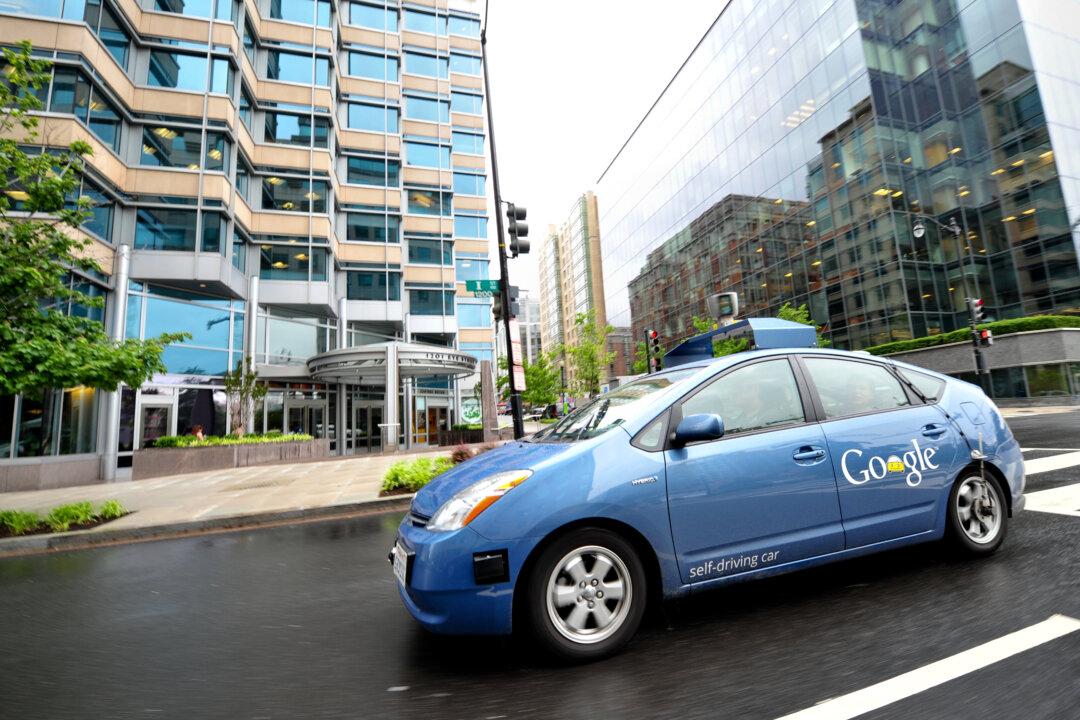Switzerland didn’t go far in the World Cup, but who cares about sports? It tops pretty much every economic development chart out there.
After The Economist ranked it top of its Where to Be Born in 2013 list, it topped the list of global economies in terms of competitiveness again, in a report released by the World Economic Forum (WEF) Tuesday.
This is great for the small European country, but what about the United States? It ranks 16 on The Economist list—behind Belgium of all places—but No. 3 on the WEF list.
Whereas The Economist’s ranking is more lightweight, the WEF analysis is very comprehensive, taking into account everything from institutions to innovation. It comes to the conclusion, “In the long run, standards of living can be largely enhanced by technological innovation.”
US Private Sector Top
This is good news for the United States whose economy is deemed to be very innovative, thanks to a vibrant private sector. “U.S. companies are highly sophisticated and innovative, and they are supported by an excellent university system that collaborates admirably with the business sector in R&D,” the report states.
It’s difficult to disagree with this statement, as U.S. companies such as Google, Facebook, and Apple as well as smaller players such as Uber have been on the forefront of global innovation for years. A survey conducted by the WEF among business leaders confirms this finding.
This is largely due to the quality of its higher education, which boasts most of the highest ranked universities in the world. The country also attracts (6th) and retains talent (3rd) from all across the globe, another advantage.
Interestingly enough, 7.8 percent of survey respondents think an “inadequately educated workforce” is a problem, which might have to do with the low quality of on the job training (14th).
Unsurprisingly, the United States claims the top spot for marketing and dominates with the sheer size of its domestic markets and total GDP.

Source: World Economic Forum
US Government Flop
While innovation and higher education are mostly driven by the private sector, it’s the government, which prevents an even higher overall ranking. In fact, some of the findings are downright shocking.
“The business community continues to be rather critical, with trust in politicians still somewhat weak (48th), concerns about favoritism of government officials (47th), and a general perception that the government spends its resources relatively wastefully (73rd),” states the report.
Indeed, the country ranks 30th when it comes to the institutional framework, which includes such things as property rights protection (25th) and reporting standards (32nd). In fact, the country doesn’t rank better than 16 in any of the subcategories apart from investor protection (6th). The WEF grading system, however, reduces the weight of basic infrastructure for advanced economies, which comes in handy.
Infrastructure is a bit better, but still lacking. Air travel (1st) is the trump card here, which is most readily available out of all countries. Roads, railroads, and ports don’t make the top 10.
The quantity (90th) and quality (36th) of primary education as well as the enrollment in secondary education (59th) is currently the responsibility of the government and some developing countries do better.
Basic health care, a domain of government in many European countries (currently unclear in the United States) also falls short, with infant mortality being ranked at 39th and life expectancy 34th.

Source: World Economic Forum
Regulation
Regulation and taxation are also high and none of the categories describing the efficiency of goods markets and regulated by the government such as total tax rates (102nd) and the number of procedures to start a business (57th) make the top 10.
This is reflected in the survey results: Business leaders lament tax rates (17 percent), tax regulations (16.7 percent), inefficient government bureaucracy (14.7 percent) and restrictive labor regulations (8.1 percent).
The federal government’s budget deficit (130th) and high government debt (134th) round off the picture. Only inflation is low, or appears to be so according to official statistics (1st). This is surprising given that 4 percent of survey respondents think inflation is a problem, another indicator that official statistics might be a tad too optimistic.
The WEF has done a fantastic job in trying to quantify and rank economic elements, which are sometimes hard to quantify. As with any statistic, you can find a bone to pick with the calculations or the data used.
However, anybody doing business in the United States will find the results reflecting the current reality: The private sector forging ahead and the government trying everything it can to stop it.





